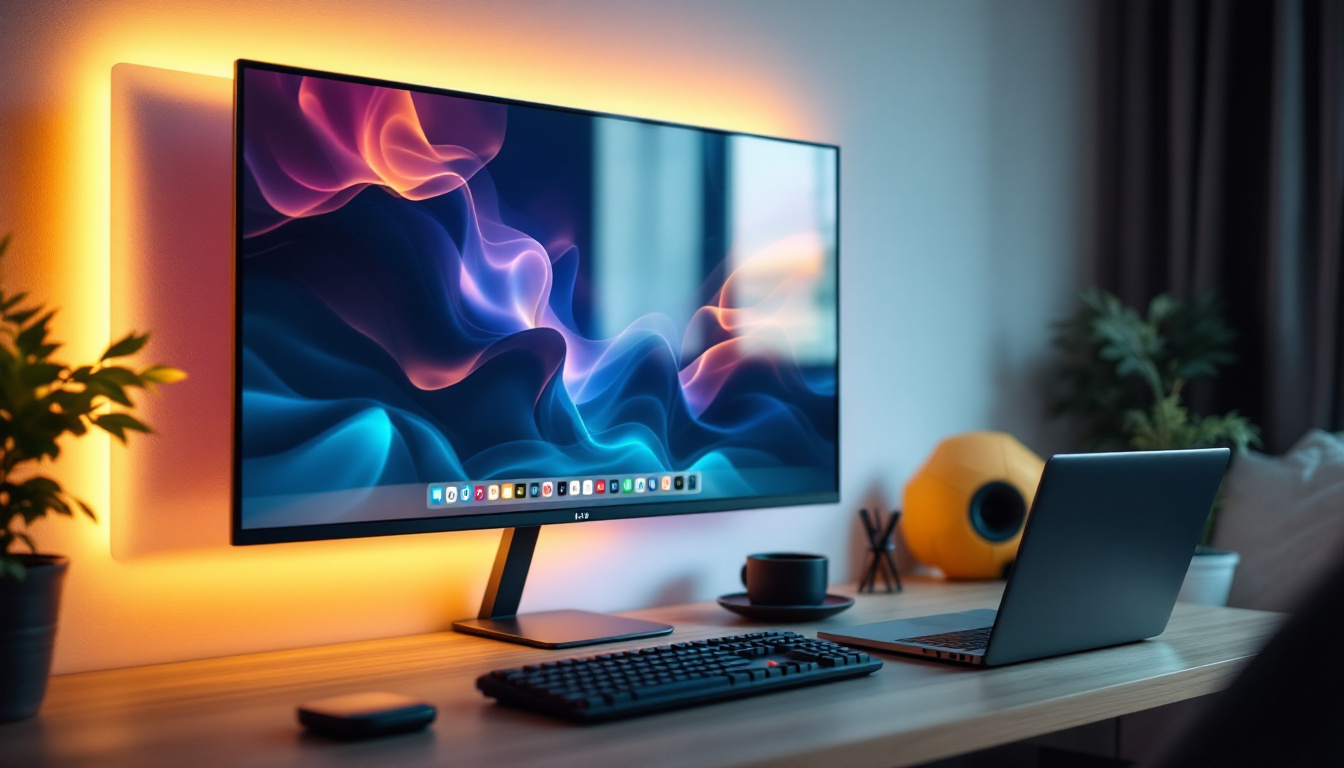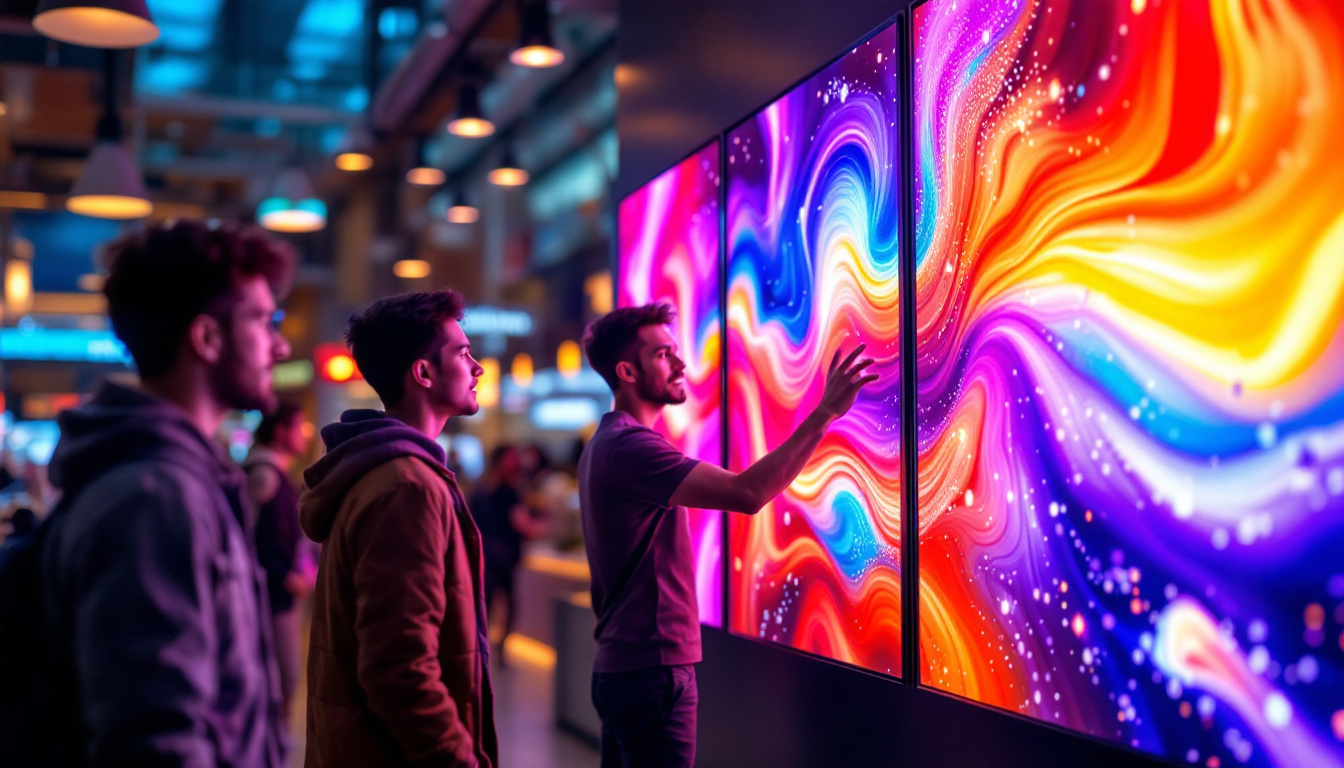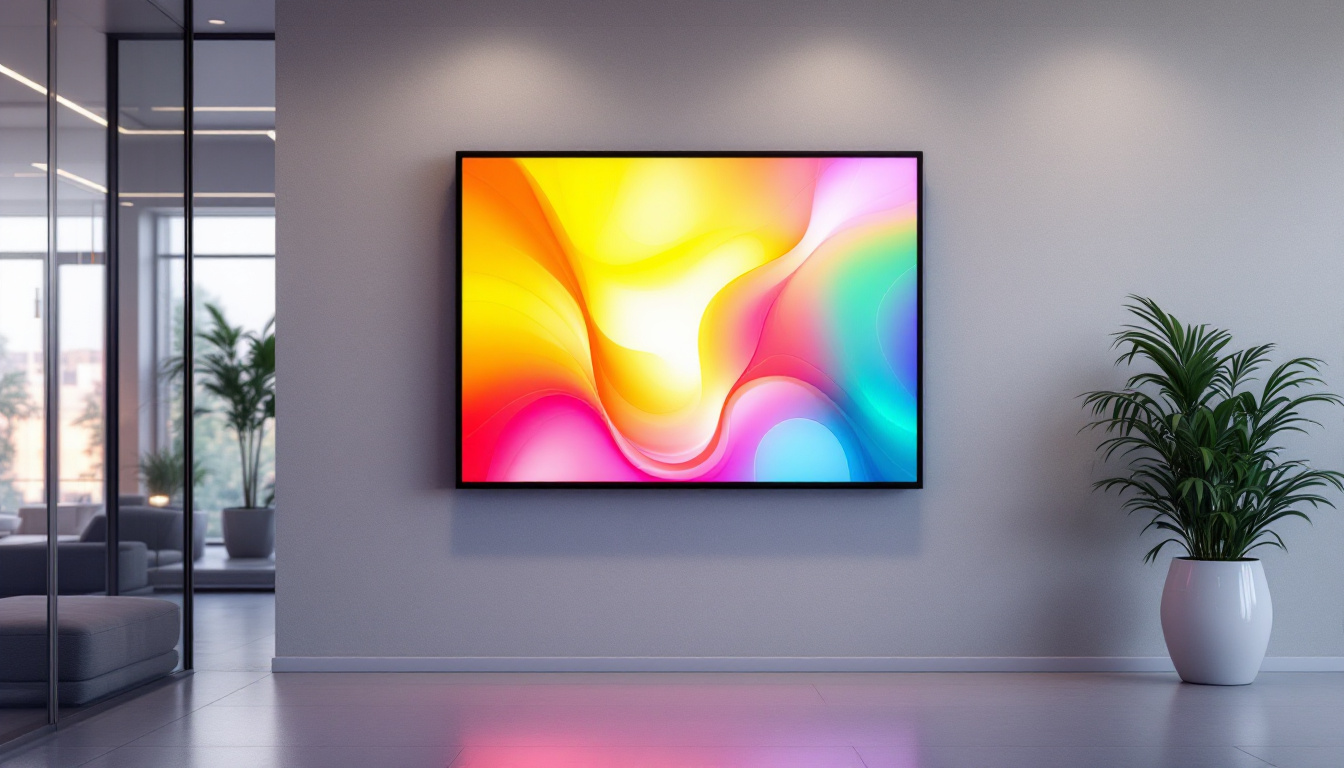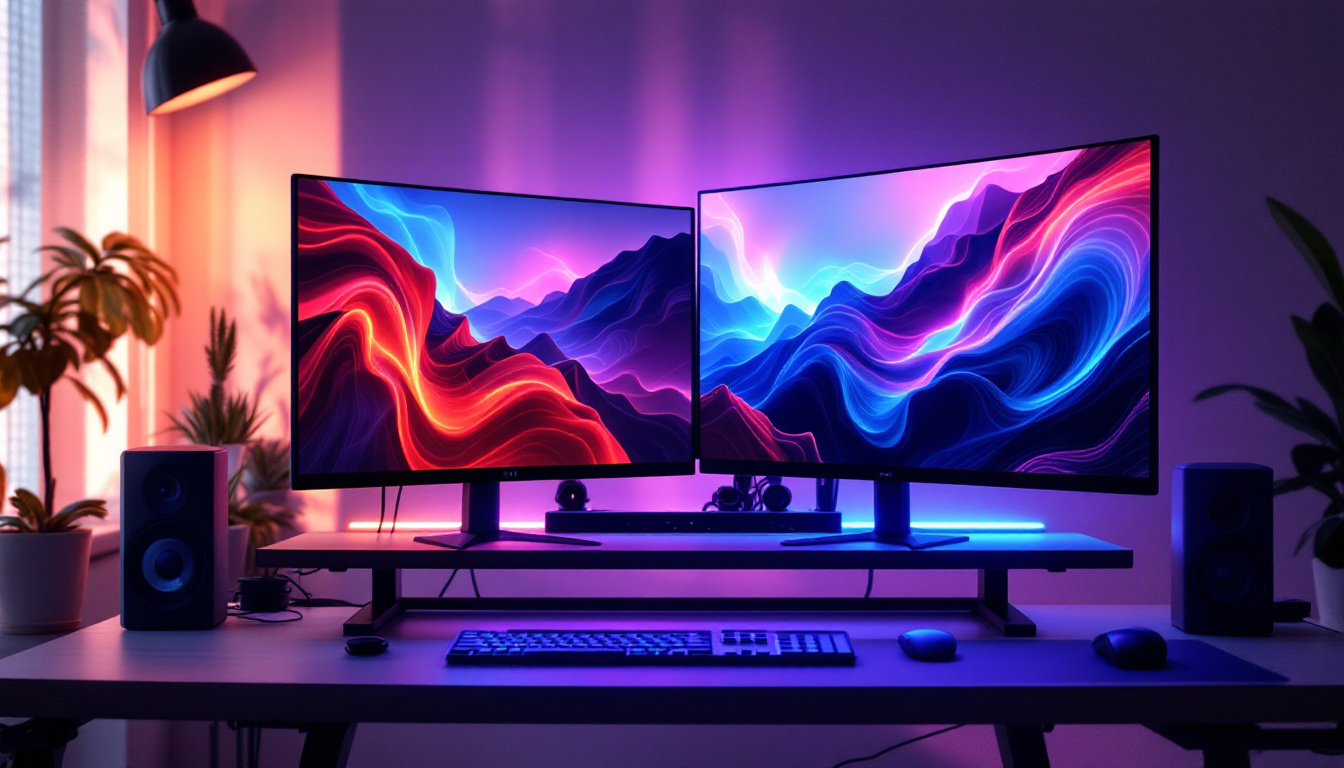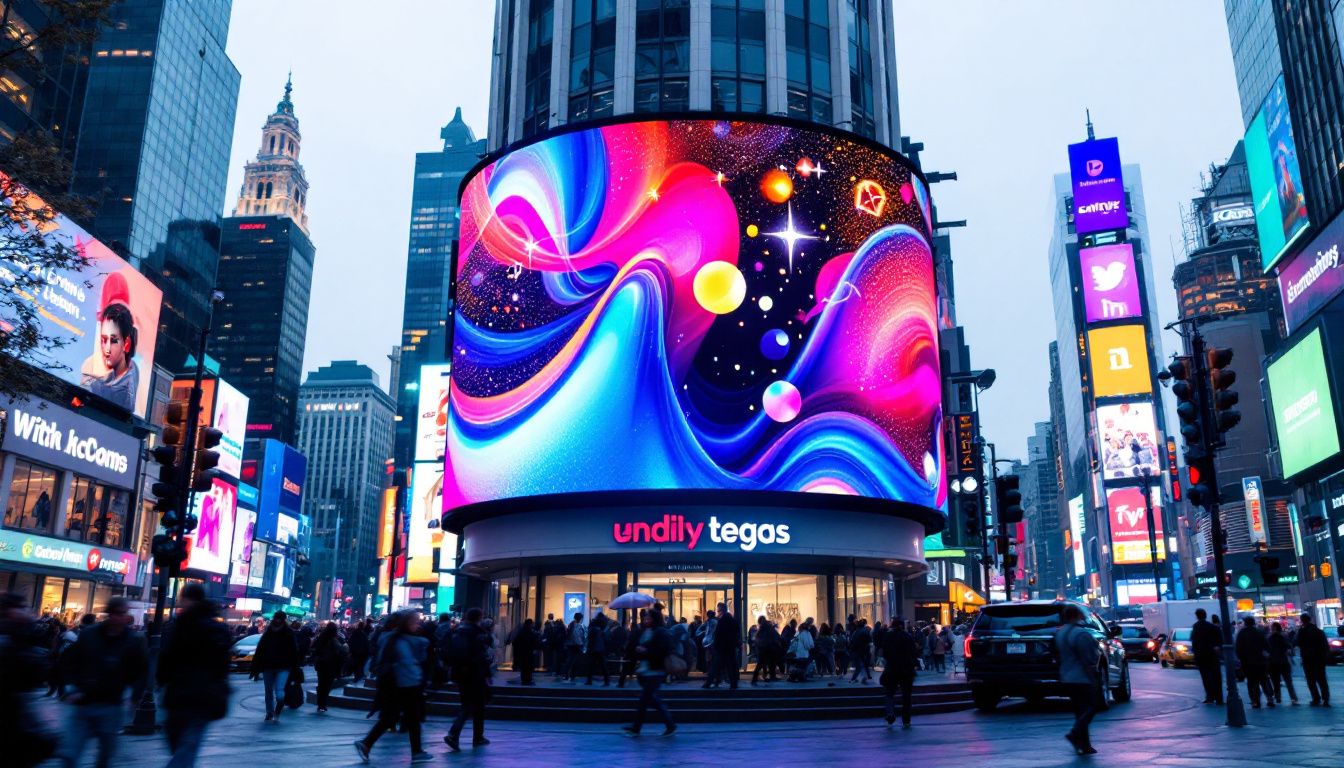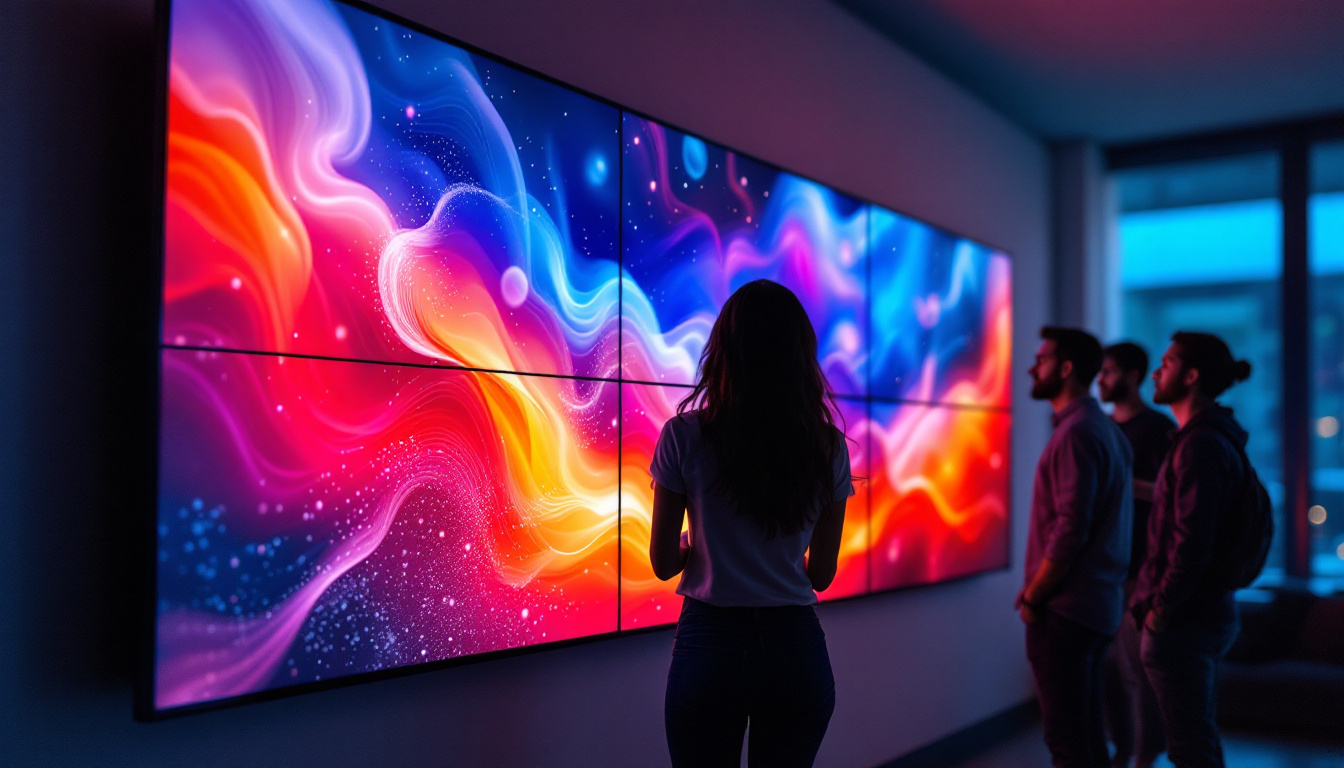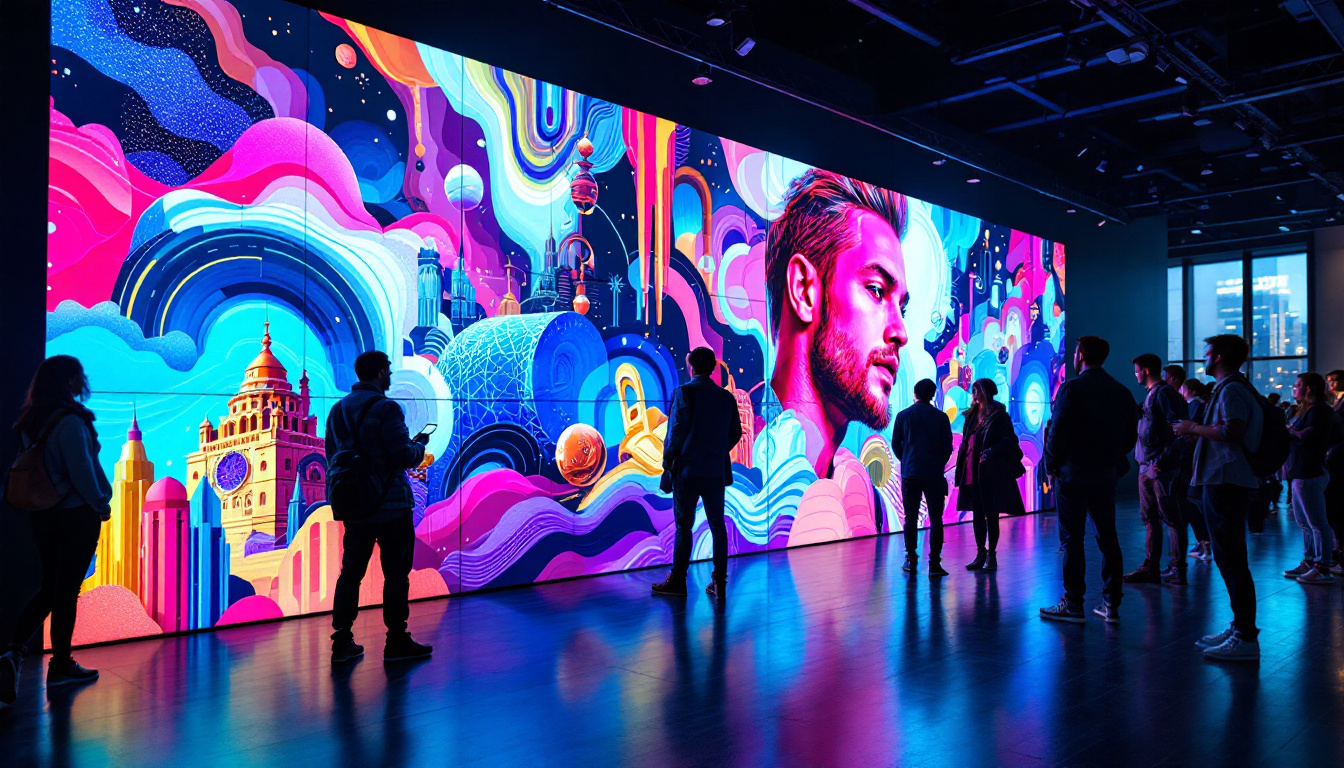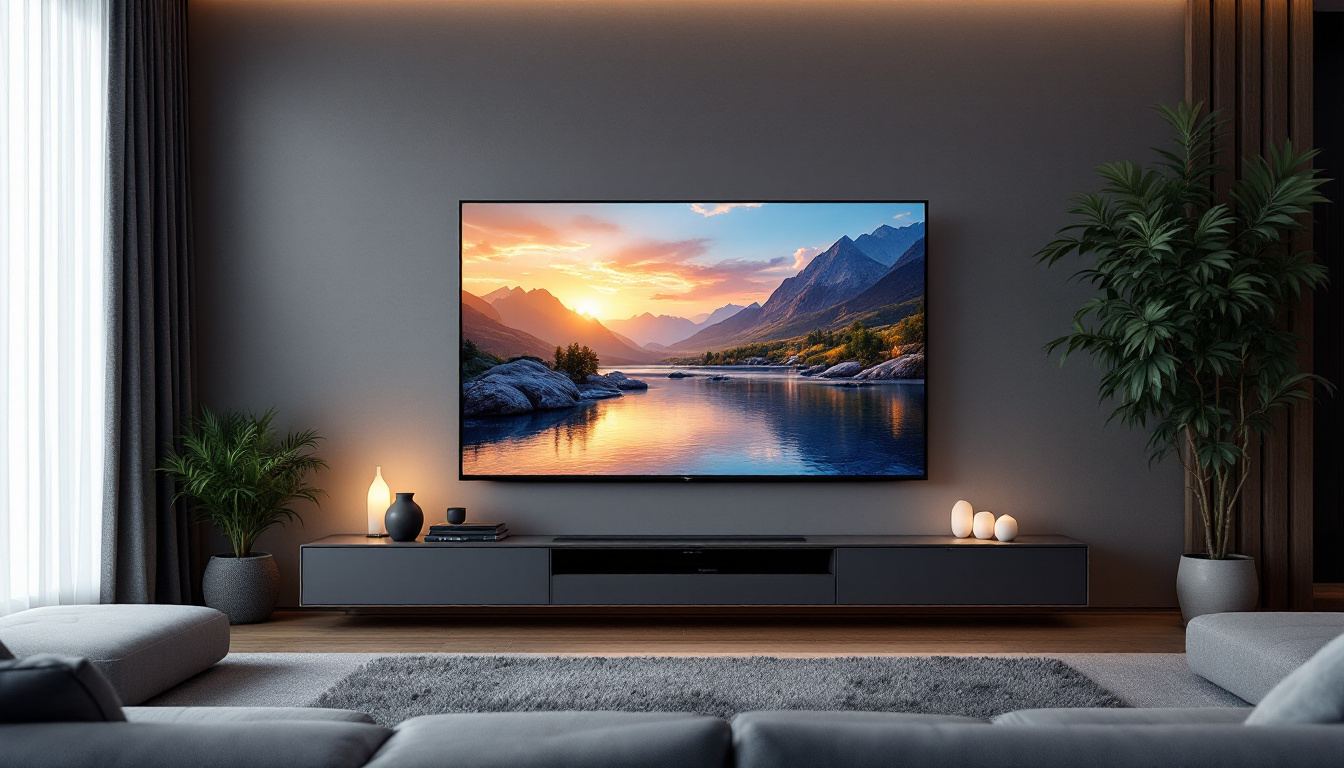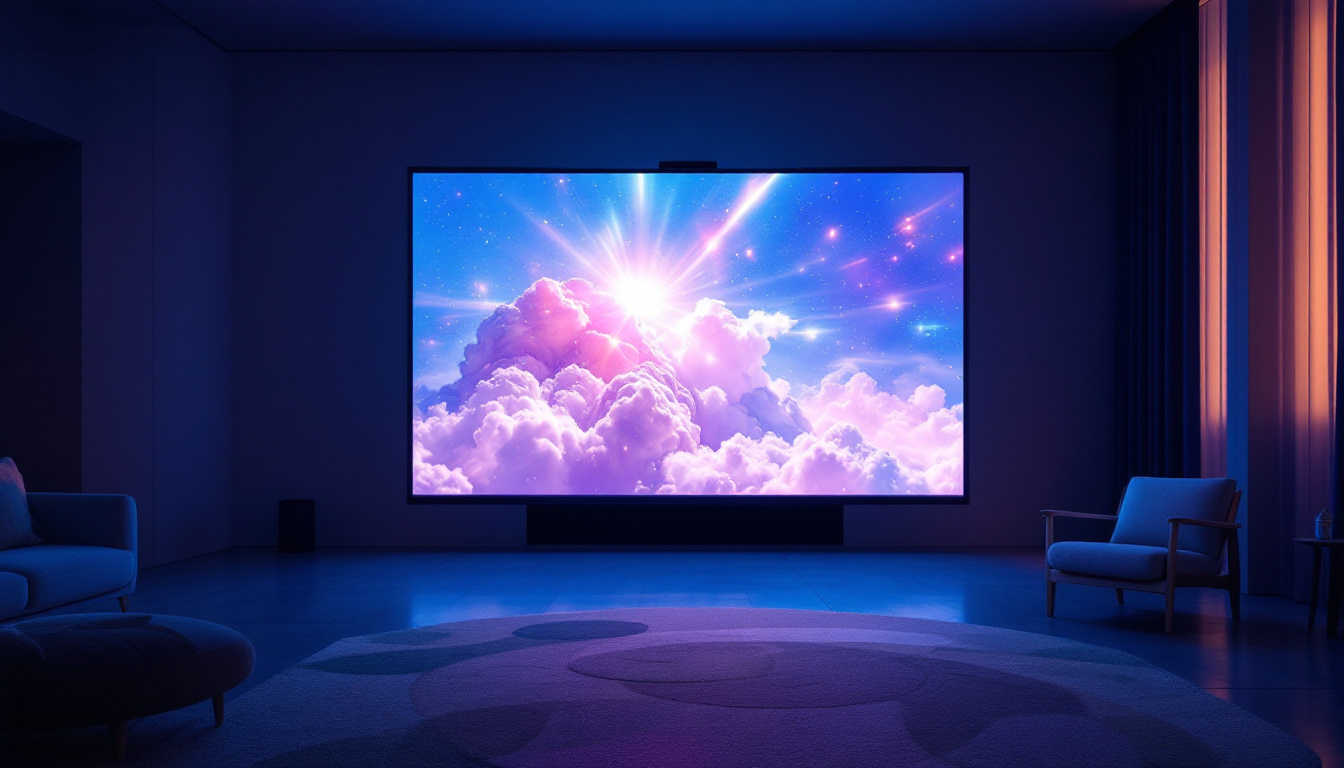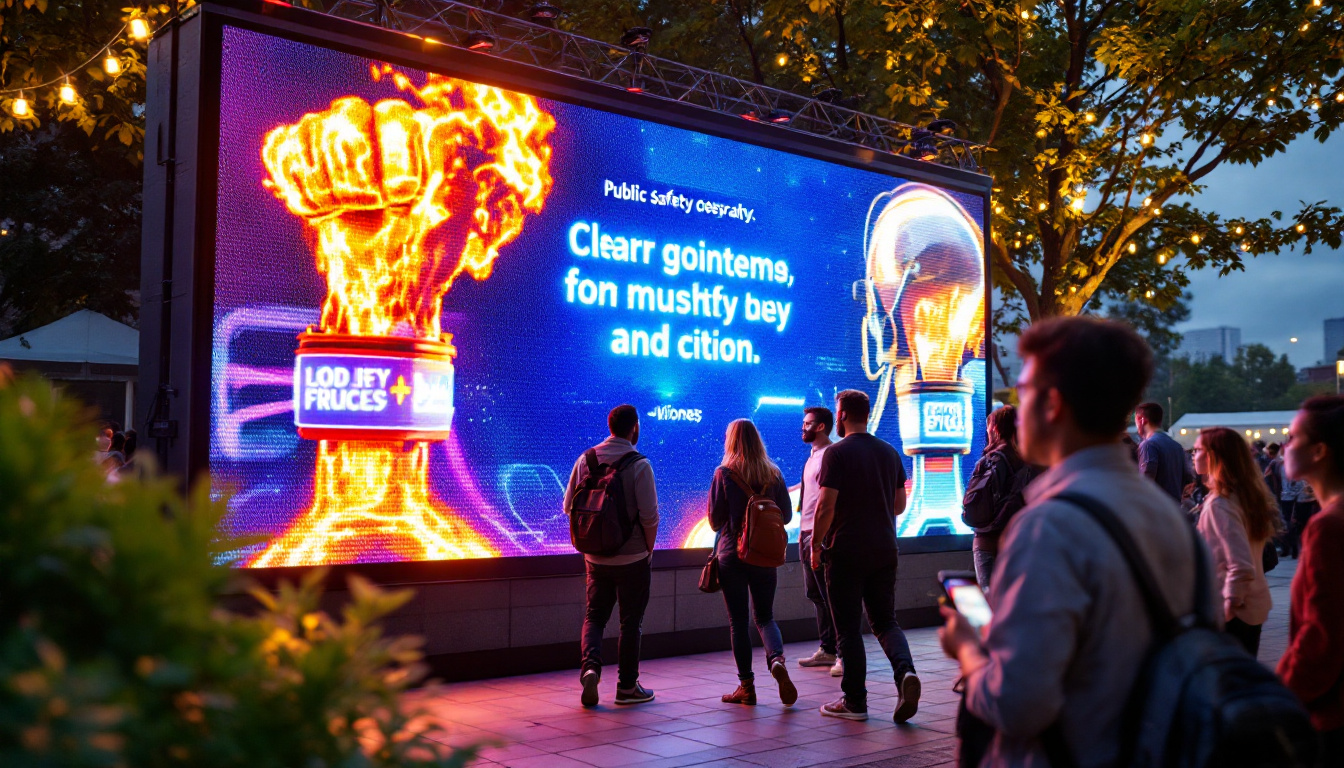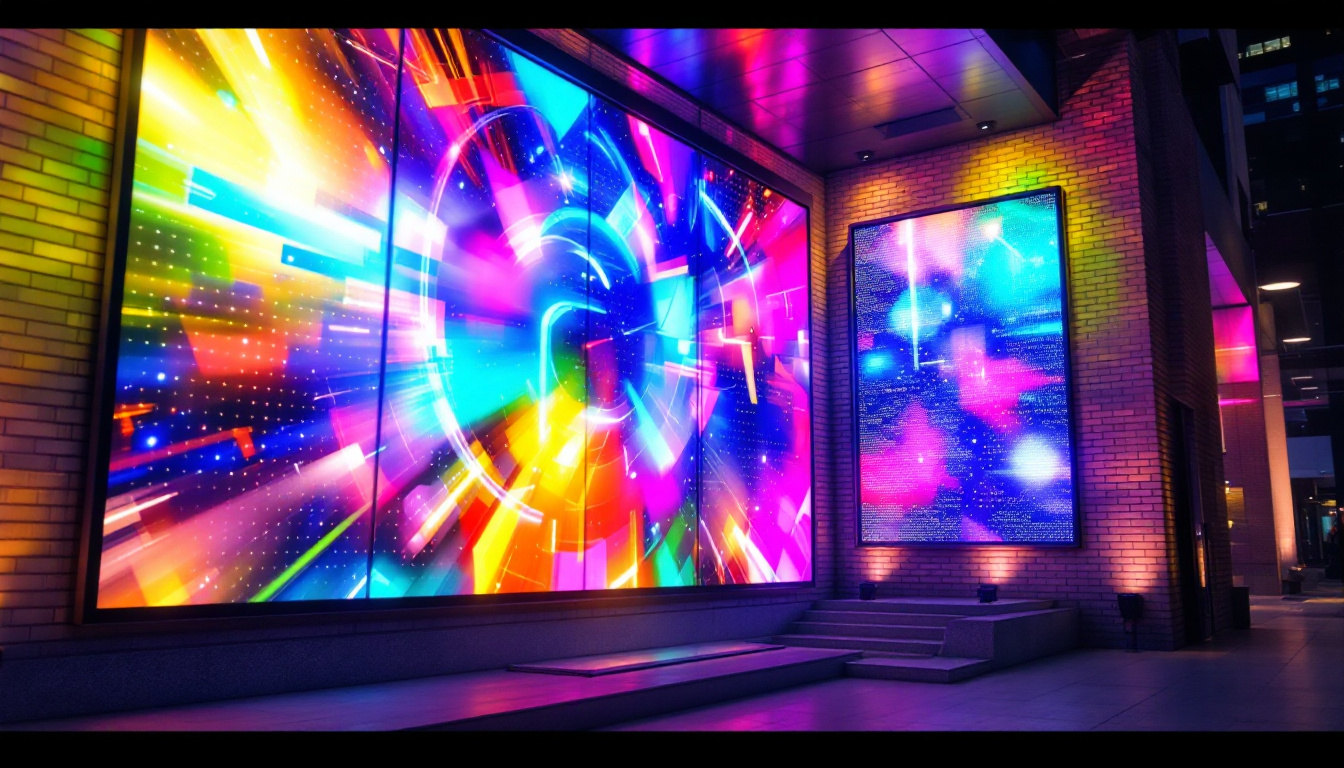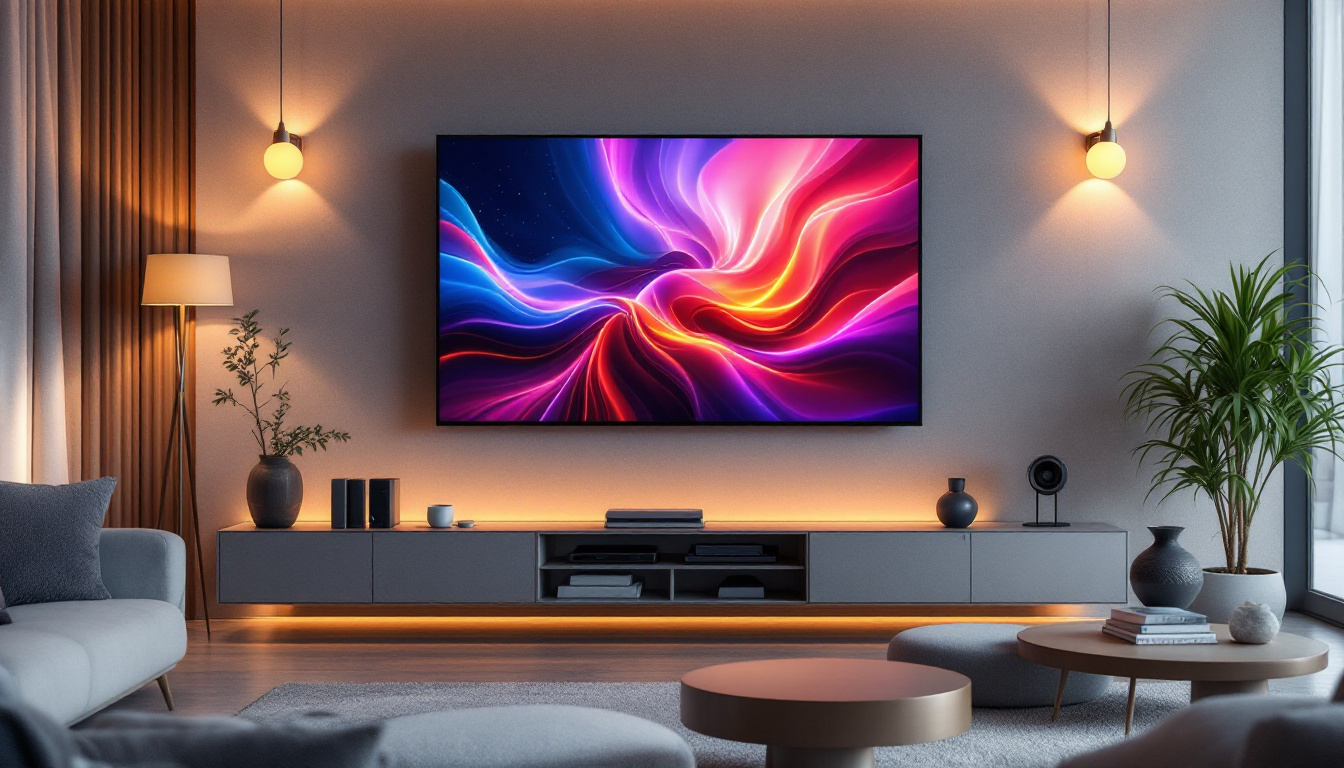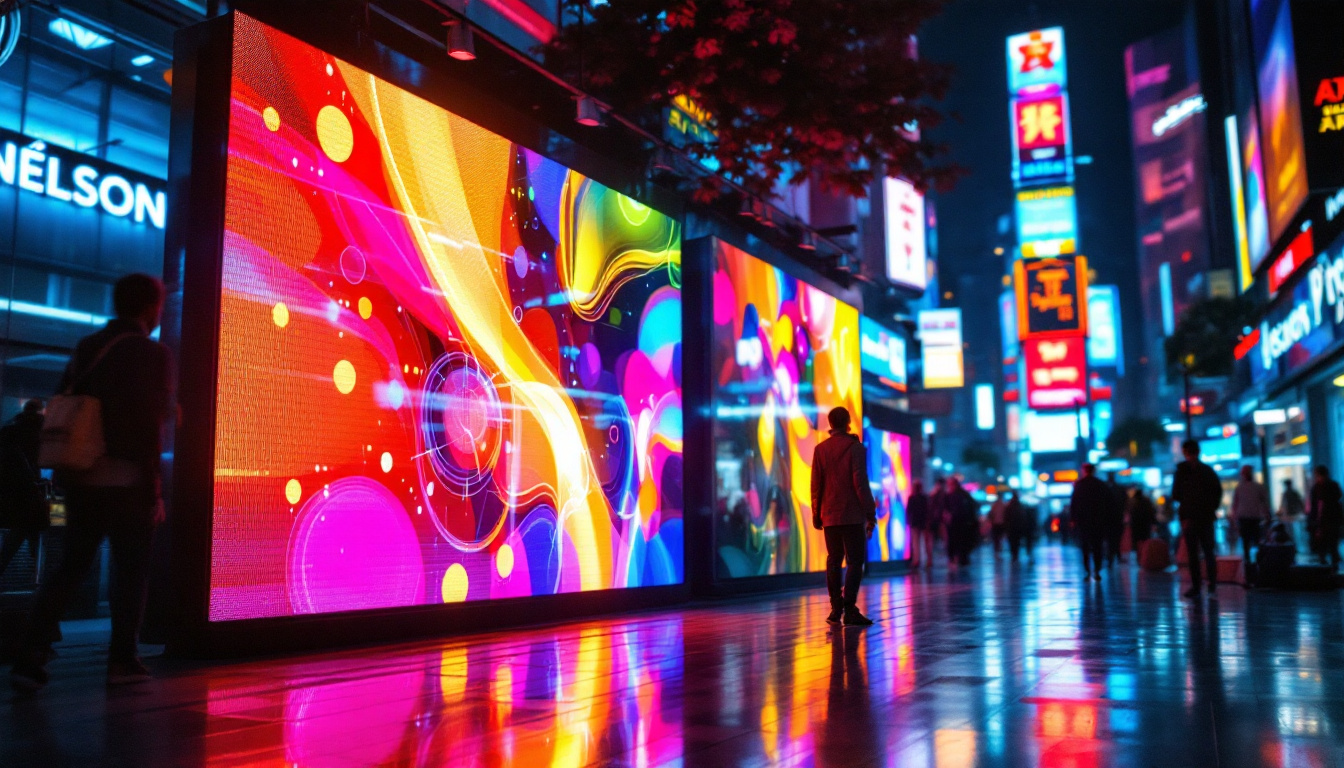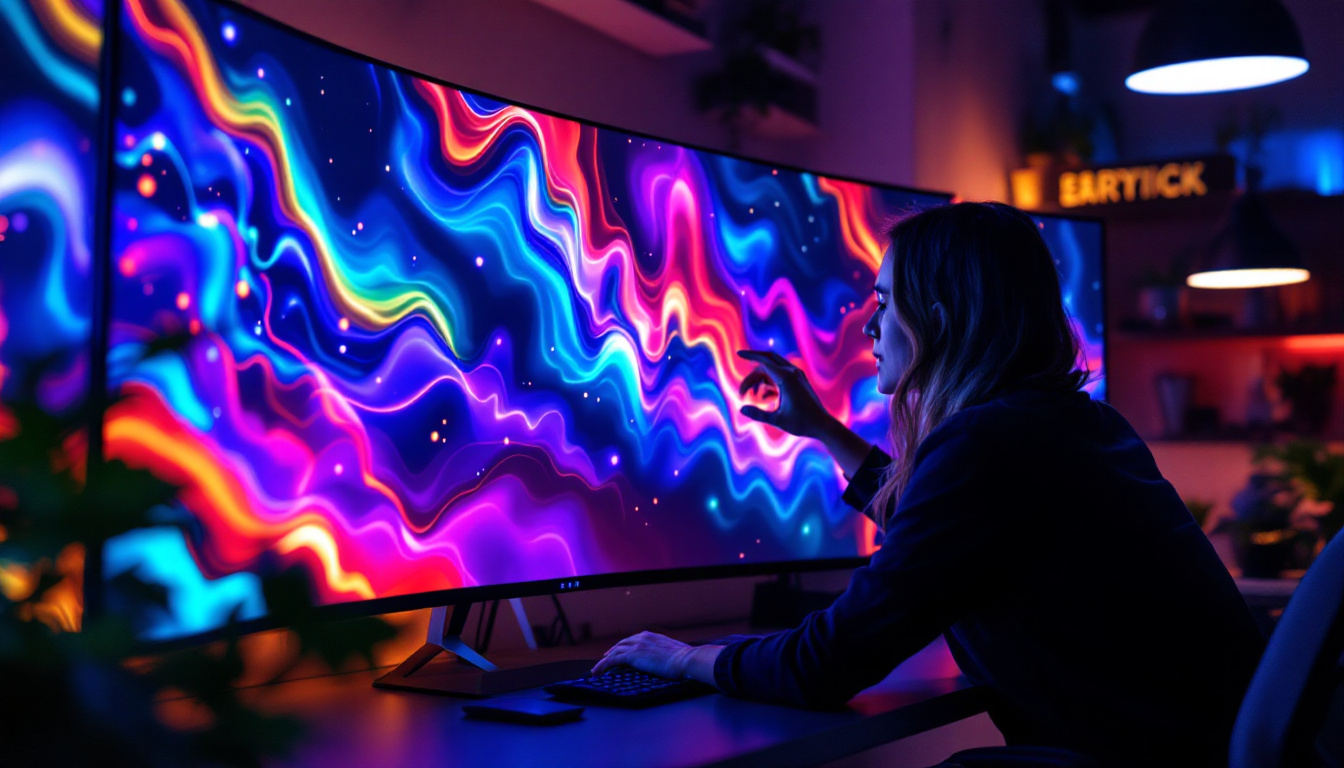In recent years, the advancement of technology has led to the development of innovative tools that enhance the viewing experience in homes and theaters. One such tool is the TV light simulator, which integrates seamlessly with LED displays to create an immersive visual environment. This article explores the intricacies of TV light simulators, their functionality, and the benefits they bring to the modern viewing experience.
Understanding TV Light Simulators
TV light simulators are devices designed to enhance the visual experience by synchronizing ambient lighting with the content displayed on the screen. By adjusting the colors and intensity of the surrounding lights, these simulators create a more engaging atmosphere that can significantly elevate the enjoyment of movies, games, and other media.
How Do TV Light Simulators Work?
At their core, TV light simulators utilize a combination of sensors and software to analyze the colors being displayed on the screen. This real-time analysis enables the simulator to adjust the surrounding lights accordingly. For instance, if a scene features bright, vibrant colors, the simulator will enhance the ambient light to reflect those hues, creating a cohesive visual experience.
Most modern simulators use LED technology due to its versatility and efficiency. LEDs can produce a wide range of colors and can be easily controlled, allowing for precise adjustments that align with the content being viewed. This synchronization not only enhances the aesthetic appeal but also reduces eye strain, making for a more comfortable viewing experience. Furthermore, the immersive effect can make viewers feel as though they are part of the action, drawing them deeper into the narrative and enhancing emotional responses to the content.
The Components of a TV Light Simulator
A typical TV light simulator consists of several key components, including light strips or bulbs, a control unit, and software for color analysis. The light strips are usually placed around the television or in the room to create a dynamic lighting effect. The control unit processes the data received from the screen and sends commands to the lights, ensuring they respond accurately to the displayed content.
Additionally, many simulators come with user-friendly apps that allow for customization. Users can adjust settings such as brightness, color temperature, and even choose specific lighting modes for different types of content, whether it be a thrilling action movie or a calming nature documentary. Some advanced models even offer integration with smart home systems, enabling users to control their lighting through voice commands or routines that adjust the ambiance based on the time of day or specific activities, like hosting a movie night or winding down for bed.
Moreover, the versatility of TV light simulators extends beyond just enhancing the viewing experience. They can also be utilized for gaming, where the lights can react to in-game events, creating a more immersive environment. For instance, during a high-octane chase scene in a racing game, the lights might pulse and flash to match the on-screen action, heightening the excitement. Additionally, these simulators can be programmed for parties or gatherings, where they can sync with music to create a vibrant and lively atmosphere, transforming any space into a dynamic entertainment hub that captivates guests and enhances social interactions.
Benefits of Using a TV Light Simulator
The integration of a TV light simulator into a home entertainment system offers numerous advantages. From enhancing the overall ambiance to improving viewer comfort, these devices have become a popular addition for many households.
Enhanced Immersion
One of the most significant benefits of a TV light simulator is the enhanced immersion it provides. By synchronizing ambient lighting with the on-screen action, viewers can feel more engaged in the content. This is particularly beneficial for gaming and cinematic experiences, where the visual impact can be heightened by the surrounding environment.
Moreover, the use of dynamic lighting can evoke emotions that align with the content being viewed. For example, a horror movie may utilize darker tones and flickering lights to create a sense of suspense, while a romantic film might employ softer, warmer hues to evoke feelings of intimacy and warmth.
Reduced Eye Strain
Another important advantage of TV light simulators is their ability to reduce eye strain. Watching a bright screen in a dark room can lead to discomfort and fatigue, as the contrast between the screen and the surrounding environment can be harsh on the eyes. By providing ambient lighting that matches the screen’s content, a simulator can create a more balanced visual experience.
This balanced lighting helps to alleviate the sharp contrast, making it easier for the eyes to adjust. As a result, viewers can enjoy extended viewing sessions without the discomfort often associated with prolonged screen time.
Customization and Control
TV light simulators often come with a variety of customizable options, allowing users to tailor their experience to their preferences. From choosing specific colors to adjusting brightness levels, users have the power to create the perfect atmosphere for any occasion.
Many simulators also offer preset modes designed for different types of content, enabling users to switch between settings with ease. Whether it’s a vibrant party mode for entertaining guests or a soothing ambiance for a quiet night in, the level of customization available ensures that every viewing experience can be unique and enjoyable.
Choosing the Right TV Light Simulator
With a plethora of options available on the market, selecting the right TV light simulator can be a daunting task. Several factors should be considered to ensure that the chosen device meets the specific needs and preferences of the user.
Compatibility
One of the first considerations should be compatibility. Not all simulators work with every type of TV or display. It is essential to check whether the simulator is compatible with the specific model of the television or projector in use. Many manufacturers provide compatibility lists, making it easier for consumers to make informed decisions.
Additionally, compatibility with smart home systems can enhance the overall experience. Some simulators can integrate with platforms like Google Home or Amazon Alexa, allowing for voice control and automation, which can be particularly convenient.
Installation and Setup
Installation and setup are crucial factors to consider when choosing a TV light simulator. Some models require professional installation, while others are designed for easy DIY setup. Understanding the installation requirements can save time and effort, ensuring a smoother experience from the outset.
Furthermore, the ease of use of the accompanying software or app is also important. A user-friendly interface can significantly enhance the experience, allowing users to quickly adjust settings and customize their lighting without frustration.
Price and Value
Price is always a consideration when purchasing new technology. TV light simulators come in a wide range of prices, so it is important to assess the value offered by each option. Higher-priced models may offer advanced features, better build quality, or superior customer support, while more budget-friendly options may still provide satisfactory performance for casual users.
Ultimately, evaluating the features and benefits against the price will help in making an informed decision that meets both budgetary constraints and performance expectations.
Popular Brands and Models
As the demand for TV light simulators has grown, several brands have emerged as leaders in the market. Each brand offers unique features and functionalities, catering to different user preferences.
Philips Hue
Philips Hue is one of the most recognized brands in the smart lighting industry. Their light strips can be easily integrated with a variety of devices, including TVs. The Hue Sync feature allows for real-time synchronization with on-screen content, creating a captivating viewing experience. Additionally, the Philips Hue app offers extensive customization options, making it a popular choice among tech-savvy users.
Govee
Govee has gained popularity for its affordable yet effective lighting solutions. Their LED light strips come with a range of features, including music sync and customizable scenes. Govee’s products are particularly appealing to users looking for budget-friendly options without compromising on quality. The Govee Home app also provides a user-friendly interface for easy control and customization.
LIFX
LIFX offers high-quality smart bulbs and light strips that can be controlled via Wi-Fi without the need for a hub. Their products are known for their vibrant colors and brightness, making them ideal for creating immersive environments. The LIFX app allows for extensive customization, and their integration with various smart home platforms adds to their appeal.
Setting Up Your TV Light Simulator
Once the right TV light simulator has been chosen, the next step is setting it up for optimal performance. Proper installation and configuration can significantly enhance the overall experience.
Installation Tips
When installing a TV light simulator, it is essential to follow the manufacturer’s instructions carefully. Most light strips can be adhered to the back of the TV or along the walls, but ensuring they are positioned correctly is crucial for achieving the desired effect. Additionally, ensuring that the lights are securely attached will prevent any issues during use.
For those using multiple light sources, consider the layout of the room. The placement of lights can influence the overall ambiance, so experimenting with different configurations may yield the best results. Proper cable management is also important to maintain a tidy appearance and avoid any potential hazards.
Configuring the Software
After installation, configuring the software or app is the next step. This typically involves connecting the simulator to the home Wi-Fi network and linking it to the TV or display. Once connected, users can explore the various settings available, including color options, brightness levels, and preset modes.
Many apps also offer tutorials or guides to help users navigate the features and make the most of their simulator. Taking the time to familiarize oneself with the app can lead to a more enjoyable and personalized viewing experience.
Conclusion
TV light simulators represent a significant advancement in home entertainment technology, offering an immersive and customizable viewing experience. By synchronizing ambient lighting with on-screen content, these devices enhance immersion, reduce eye strain, and provide a unique atmosphere tailored to individual preferences.
As technology continues to evolve, the options available for TV light simulators are likely to expand, offering even more features and functionalities. By understanding the benefits, components, and considerations involved in choosing and setting up a TV light simulator, users can elevate their home entertainment experience to new heights.
Discover the Future of Immersive Viewing with LumenMatrix
Ready to transform your viewing experience with the latest in LED display technology? LumenMatrix is at the forefront of creating immersive environments that go beyond traditional viewing. From the comfort of your home to the excitement of outdoor events, our extensive range of LED display solutions, including Indoor and Outdoor LED Wall Displays, Vehicle LED Displays, and more, are designed to captivate and engage. Elevate your visual experience and share your message with unparalleled clarity. Check out LumenMatrix LED Display Solutions today and step into the future of digital storytelling.






